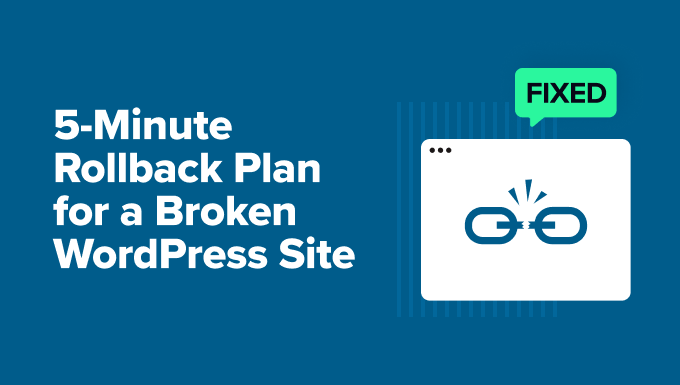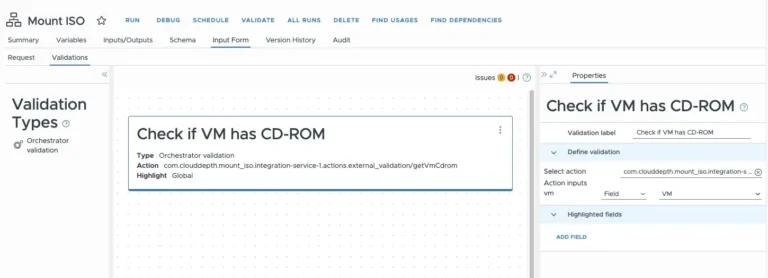If you’re a designer, you’ve probably felt it by now: the creeping, soul-crushing pressure of platforms like Fiverr, Upwork, and the rest of the gig economy giants.
These sites promise freedom, flexibility, and unlimited opportunities. What they don’t tell you? You’re going to get paid in peanuts. Maybe even worse, you’ll end up working for the privilege of getting paid in peanuts.
Here’s the harsh truth: designers are being exploited. And no, this isn’t a rant from some bitter artist. This is a wake-up call to everyone who’s been undervalued, overworked, and underpaid.
Let’s break it down.
Welcome to the Race to the Bottom: Who Needs Quality When You Can Have Cheap?
Here’s the deal. Platforms like Fiverr and Upwork have become the Wild West of freelance design. You don’t just compete with seasoned professionals; you’re up against anyone with a laptop, a Wi-Fi connection, and the audacity to work for $5.
That’s right, $5 for a logo.
Or maybe even $5 for a whole website. It’s like Black Friday, but every day, and you’re the product.
But here’s the kicker: the client doesn’t care about your years of experience, the late nights you spent perfecting your craft, or the creativity you bring to the table.
What matters is that someone else will do the same work for half the price. So, now it’s not about finding the best designer, it’s about finding the cheapest one.
And just like that, poof, your value vanishes into thin air.
The “Freedom” of Freelancing: Is It Really Freedom, Though?
Freelance life is supposed to be freedom, right? Set your own hours, choose your clients, do what you love. But here’s the ugly truth: it’s more like running on a hamster wheel.
You’re always hustling, always bidding, always scrambling to land your next job. In fact, you’re probably working harder than most 9-to-5ers, except your paycheck is a lot less consistent.
And don’t even get me started on the hustle to “win” jobs. You know how it goes: send a proposal, cross your fingers, hope for the best. The worst part? You’re competing with hundreds (sometimes thousands) of other designers, some of whom will undercut you just to get a foot in the door. So, you end up lowering your prices just to stay in the game.
Yeah, that “freedom” feels a little different when you’re fighting over crumbs.
Big Platforms, Big Fees, Big Problems
Now, let’s talk about the platforms themselves. Fiverr and Upwork charge hefty fees. That’s right—while they make bank off your hard work, you’re left with a slice so thin you’d need a magnifying glass to see it.
Here’s the fun part: they don’t just take a cut. Oh no, they actively encourage you to cut your own rates. How? By giving priority to the “lowest bidders” or constantly pushing you to adjust your pricing to stay competitive.
Suddenly, you’re not a skilled professional; you’re just another cog in the machine, desperate to snag whatever work you can. That’s how you end up designing a logo for $25 when you know damn well it’s worth $500.
The platforms have convinced us that this is how freelance design works now. But let’s be real: this isn’t a market.
It’s a race to see who can survive the longest while getting paid the least.
The Sweatshop Mentality: Welcome to the Digital Sweatshop
Here’s where it gets even uglier. We talk about “freedom” and “flexibility,” but what’s happening behind the scenes is more like a modern-day digital sweatshop.
Think about it: you’re working your butt off to meet crazy deadlines, you’re constantly underpaid, and you’re expected to churn out high-quality work at lightning speed. You’re essentially a cog in a profit machine—one where your time, creativity, and well-being are secondary to the platform’s bottom line.
It’s not that different from traditional sweatshops, where workers are pushed to the brink for minimal pay, except in this case, you’re likely working from your own home. The constant pressure to deliver at low rates creates an environment where you’re treated like an expendable worker, rather than a valued professional. You’re part of a machine designed to deliver cheap work, not quality work.
But unlike the traditional sweatshop worker, you don’t get a physical factory to escape from. No, you get to work from the comfort of your own home, feeling the stress and burnout creep in as you fight for the next job. Your “freedom” is a thin veil over the reality that you’re being worked to the bone for little reward.
This is where design is going if we don’t change the conversation—straight into the digital sweatshop, where you’re expected to work long hours for as little as possible, just to stay afloat.
The Creative Burnout: You Can’t Innovate When You’re Just Trying to Survive
When your work is undervalued, your passion starts to dwindle. You don’t have the time to experiment or push boundaries. Instead, you’re churning out designs as quickly as possible, hoping to scrape by. The problem? That means less creative freedom and more burnout.
You’re stuck in a vicious cycle of rushing to meet deadlines, cutting corners to make ends meet, and sacrificing your own well-being. When was the last time you felt genuinely proud of a project? If your answer is “uh, never?” then you’re not alone.
Let’s face it: quality doesn’t come from speed. But in the race to the bottom, no one is investing the time or energy to create something truly exceptional.
Reputation? More Like a “Reputation for Cheap Work”
So, here’s the deal: these platforms don’t care about your reputation. Nope. They care about how many jobs you can win, and if you’re willing to play the price game.
They’ll let clients leave feedback based on arbitrary or unreasonable standards, and there’s no room for negotiation. A bad review could destroy your chances of getting work, even if you did everything right.
Let me guess: you’ve been there. A client asks for revisions that completely contradict your original brief, then gives you a 3-star review. Well, good luck trying to recover from that, because no one’s going to be willing to take a chance on you when you have a few “meh” ratings from previous clients.
It’s like trying to climb a ladder that keeps pulling you back down every time you make a move.
The Emotional Toll: It’s More Than Just Money
It’s not just about the money—it’s the mental and emotional toll that freelancing on these platforms takes. When you’re hustling for those low-paying gigs, you’re constantly on edge.
You’re worried about how long the work will last. Will they ghost you after one job? Will your latest project get you another? The instability is enough to make anyone second-guess their entire career choice.
And let’s not forget the stress of underpricing yourself. It’s easy to feel guilty for charging too much, especially when you’re competing with designers willing to work for a fraction of what you’re asking. So, you lower your prices even more. The end result? You’re not only doing worse work, but you’re also burning out faster.
Time to Take Back Control: How We Fight Back
Look, it’s time for a serious shift. Design is not a commodity. It’s not about working for peanuts; it’s about creating real value. We need to stop underpricing ourselves and start demanding the pay we deserve. How? Here’s how we fight back:
- Stop using the big platforms (or at least, don’t depend on them). Look for clients who value your craft and are willing to pay for quality. Focus on building long-term relationships.
- Educate your clients on the true value of good design. Help them understand that what you do is not just “make things look pretty” — it’s about creating an experience that will drive their business forward.
- Set boundaries. Price your services appropriately. Yes, you’re a freelancer, but that doesn’t mean you have to sell your soul for a few bucks.
- Build your own brand. Stop relying on third-party platforms to find clients. Your portfolio should speak for itself.
- Work smarter, not harder. You don’t have to take every job. Focus on quality over quantity, and work with clients who respect your worth.
The Final Word: We Deserve Better
So, here’s the thing: you’re not a disposable asset. You’re a highly skilled designer with years of experience, creativity, and talent. It’s time to stop letting these platforms exploit you. The race to the bottom is killing design. Let’s pull ourselves out of it and demand the respect and pay we deserve.
We’ve got the skills. We’ve got the talent. Now, let’s stop letting these platforms treat us like cheap labor. It’s time for a change—and it starts with us.
Don’t let anyone tell you that your work isn’t worth more. Spoiler alert: it totally is.





